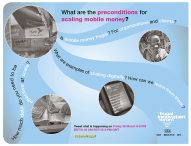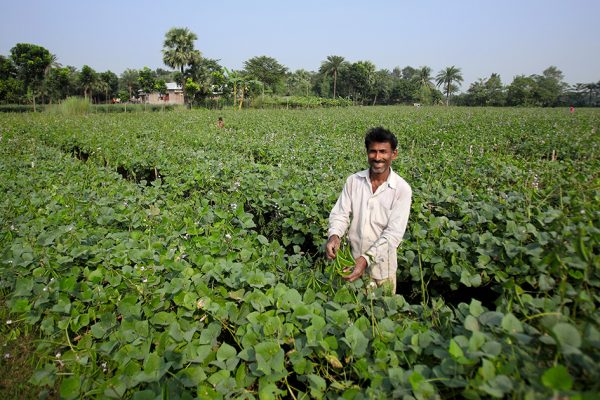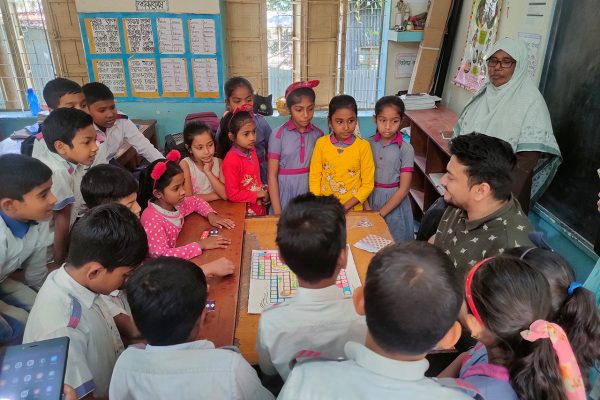Explore scaling digitally with us!
Reading Time: 2 minutes
There is a lot of optimism and speculation about how mobile money can improve the lives of the poor. For BRAC, the success of an intervention is judged not only by its impact, but whether it can be scaled nationally. In order to do that, initiatives have to be frugal—which is why frugal innovation is at the heart of BRAC’s culture. If we didn’t keep our costs low, we wouldn’t be able to impact 120 million people. With the importance of this in mind, the social innovation lab has made hosting Frugal Innovation Forums an annual event.
Join the tweet chat! #scalefrugal
There is a lot of optimism and speculation about how mobile money can improve the lives of the poor. For BRAC, the success of an intervention is judged not only by its impact, but whether it can be scaled nationally. In order to do that, initiatives have to be frugal—which is why frugal innovation is at the heart of BRAC’s culture. If we didn’t keep our costs low, we wouldn’t be able to impact 120 million people. With the importance of this in mind, the social innovation lab has made hosting Frugal Innovation Forums an annual event.
Is mobile money frugal? Do you work for or know an organisation that has successfully used mobile money to provide more inexpensive services, for themselves and for their clients? If so, please share!
What are the preconditions for scaling mobile money? mPesa, the world’s leading mobile money provider, has scaled throughout Kenya, and has spread to neighboring Tanzania, Afghanistan and more recently India. In other places, it has been around for a while but hasn’t really taken off. At last count, there were nineteen mobile money providers (which means there are probably more by now)—but what will it take to become nearly ubiquitous the way that mPesa is in Kenya?
Lots of data is being generated by mobile phones, and they have made it easier (theoretically) to collect and collate vast amounts of data using mobile phones. I read a blog recently that describes a “measurement trap” that many businesses and non-profit organizations alike fall into. In short, this includes not realizing the burden of data collection on the customer, trading long-term value for short-term gains, and disproportionately valuing things that are easy to measure. Unfortunately, despite the time and resources invested in collecting and aggregating data, it’s often not available in a format that can empower decision makers or front-line workers. Can less be more if you’re measuring the right things? We’d like to know your opinion—how much data do you really need to be effective at scale? Share examples and lessons of scaling digitally with us!
Explore these questions and more during a tweet chat on Friday 28 March, 2014 from 6-8 PM BDT/8-10 AM EST/12-2 PM GMT. Share your thoughts during the tweet chat or beforehand on twitter using the #scalefrugal hash tag.
Amanda J. Misiti is a Knowledge management and communications officer with BRAC’s social innovation lab.






